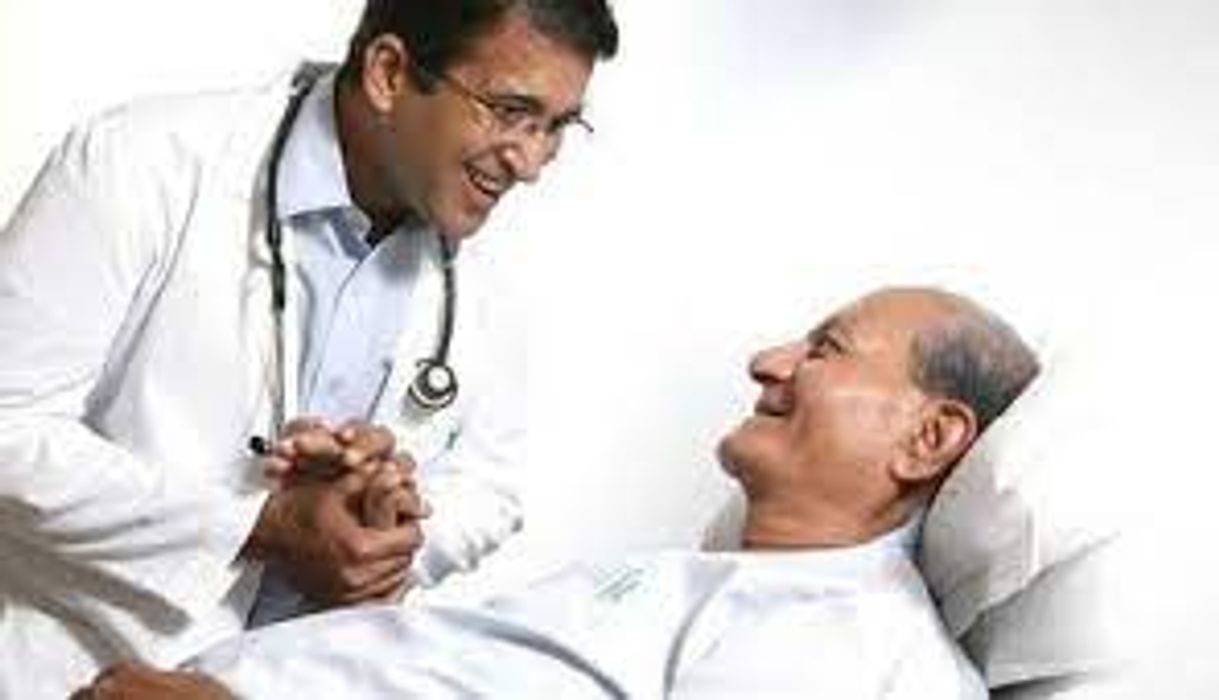Doctor-Patient Ratio in the Country: Rajya Sabha QA

Doctor-Patient Ratio in the Country is 1:834 which is better than the WHO standard of 1:1000: Rajya Sabha QA
GOVERNMENT OF INDIA
MINISTRY OF HEALTH AND FAMILY WELFARE
DEPARTMENT OF HEALTH AND FAMILY WELFARE
RAJYA SABHA
UNSTARRED QUESTION NO. 1039
TO BE ANSWERED ON 26th JULY, 2022
DOCTOR-PATIENT RATIO IN THE COUNTRY
1039 SHRI SUSHIL KUMAR GUPTA:
Will the Minister of Health and Family Welfare be pleased to state:
(a) whether it is a fact that doctor-patient ratio in the country is widening;
(b) whether it is also a fact that shortage of doctors and trained paramedical staff impede the reach of health services; and
(c) the measures that are being taken to bridge the gap?
ANSWER
THE MINISTER OF STATE IN THE MINISTRY OF HEALTH AND FAMILY WELFARE (DR. BHARATI PRAVIN PAWAR)
(a) to (c): As per information provided by National Medical Commission (NMC), there are 13,08,009 allopathic doctors registered with the State Medical Councils and the National Medical Commission (NMC) as on June, 2022. Assuming 80% availability of registered allopathic doctors and 5.65 lakh AYUSH doctors, the doctor-population ratio in the country is 1:834 which is better than the WHO standard of 1:1000. Also, there are 34.33 lakh registered nursing personnel and 13 lakh Allied and Healthcare Professionals in the country.
For the rapid growth of the allied health sector in the country, the Government has enacted National Commission for Allied and Healthcare Professions (NCAHP) Act, 2021 and an Interim Commission has been notified under the provisions of NCAHP Act, 2021.
The Government has taken following steps to further increase the availability of doctors in the country. The number of UG seats have increased from 51,348 before 2014 to 91927 seats as of date which is an increase of 79%. The numbers of PG seats have increased by 93% from 31,185 seats before 2014 to 60202 seats.
The steps to increase doctor-patients ratio include:-
- Centrally Sponsored Scheme for establishment of new medical college by upgrading
district/ referral hospital under which 157 new medical colleges have been approved and 72 are already functional. - Centrally Sponsored Scheme for strengthening/ upgradation of existing State Government/Central Government Medical Colleges to increase MBBS and PG seats.
- Central Sector Scheme for upgradation of Government Medical Colleges by construction of Super Specialty Blocks. A total of 75 projects have been approved and 58 have been completed.
- Under Central Sector Scheme for setting up of new AIIMS, 22 AIIMS have been approved. Undergraduate courses have started in 19 AIIMS.
- Relaxation in the norms for setting up of Medical College in terms of requirement for faculty, staff, bed strength and other infrastructure.
- DNB qualification has been recognized for appointment as faculty to take care of shortage of faculty.
- Enhancement of age limit for appointment/ extension/ re-employment against posts of teachers/dean/principal/ director in medical colleges upto 70 years.
- The tenure of Senior Residency for appointment of Assistant Professor have reduced from three year to one year.
- Under the District Residency Programme (DRP), all the doctors admitted to PG courses from 2022 onwards, will have to serve in the district hospitals for three months mandatorily.
*****
Source: Rajya Sabha


